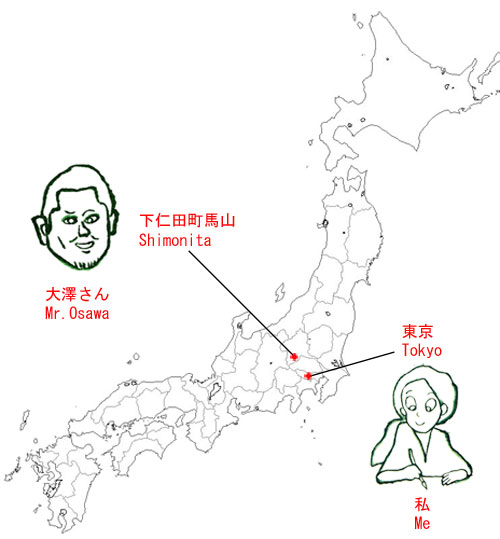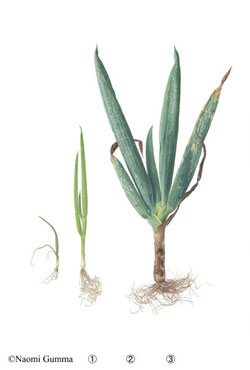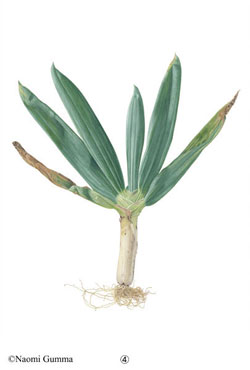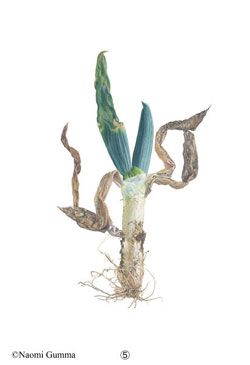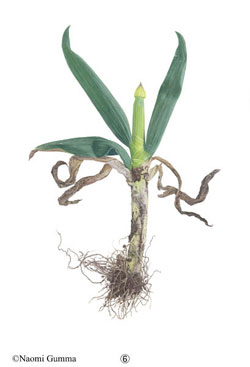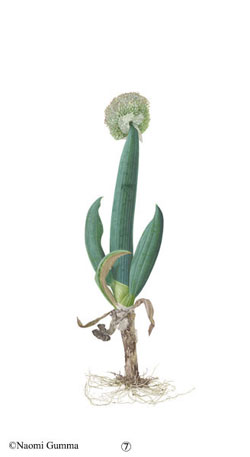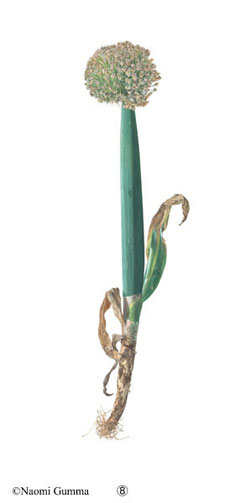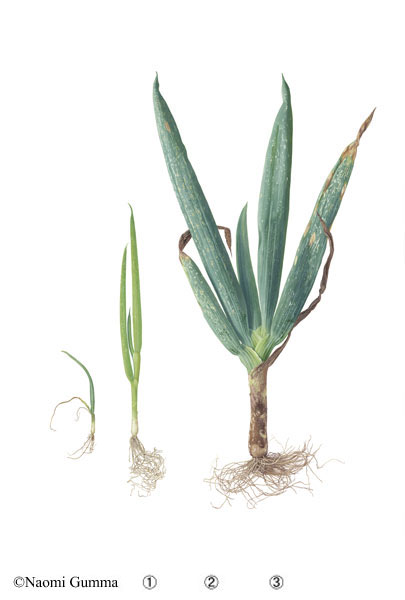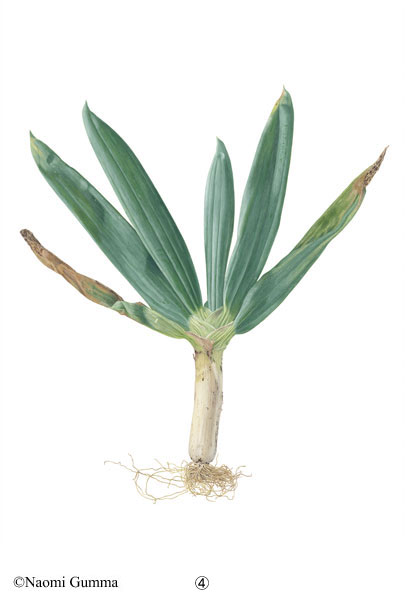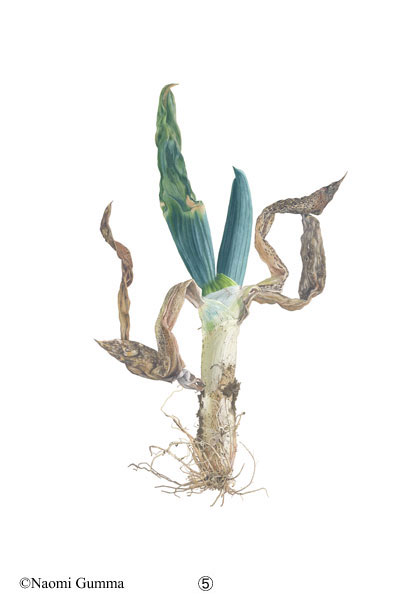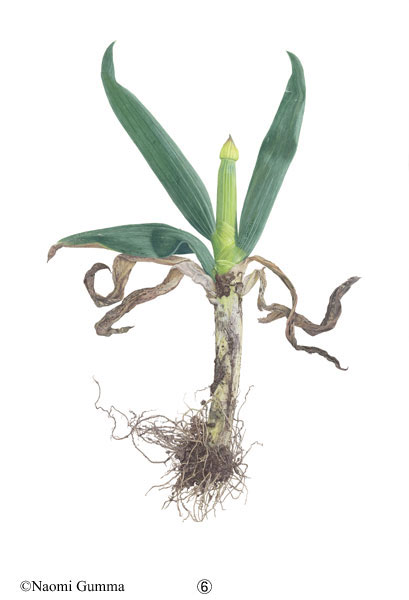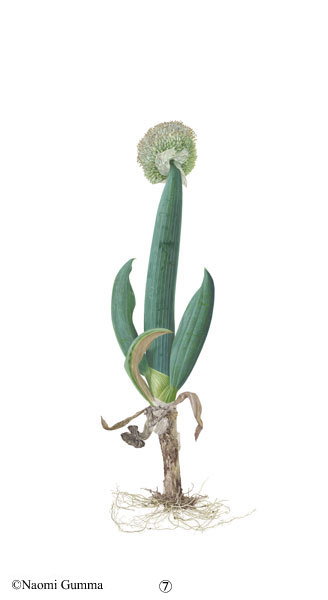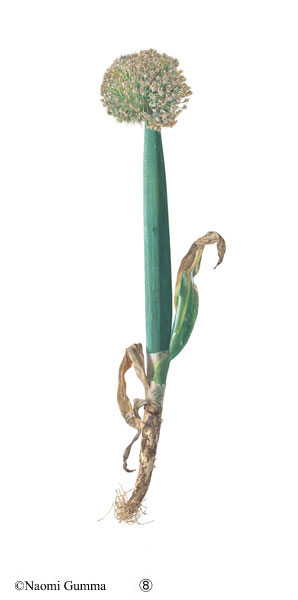…A Gift from the Gods: The Life Cycle of the Shimonita Welsh Onion…
伝統農法 下仁田ネギ
Allium fistulosum L.'Shimonita'
下仁田町馬山地区は東京から電車で約4時間。
この地の名産として下仁田ネギの栽培がされ、250年の歴史があります。馬山地区では、4月と7月に植え直す二度植えの栽培法が伝統的に行われています。種植えから収穫まで15カ月もの間、大切にお世話をされながら育つネギたちは、人間たちをうまく利用して繁栄し続けていると言っていいかもしれません。
下仁田町馬山で伝統農法を受け継ぎ11代目となる大澤貴則さんの畑を訪ね、下仁田ネギの生長過程を実物大で描きました。
6枚の絵による『神さまの仕業ーネギの一生ー』の組作品が、足掛け4年の歳月を経て完成しました。
The Life Cycle of the Shimonita Welsh Onion
Allium fistulosum L. ‘Shimonita’
The Shimonita negi is a variety of welsh onion that has been cultivated for two and a half centuries as a local specialty of Shimonita, a small town in Japan about four hours by train from Tokyo. It’s a rare example of an heirloom vegetable that continues to thrive even in this modern day and age—a plant that has “used” humans to its advantage in order to prosper.
Today, farmers in Shimonita still follow the traditional practice of replanting the negi twice, in April and July, with the entire cycle stretching fifteen months from seed planting to harvesting of the greens. These life-size tempera paintings on paper portray the Shimonita negi as I observed them in fields belonging to Takanori Osawa, the leventh in a line of farmers who have safeguarded this hometown heritage.





